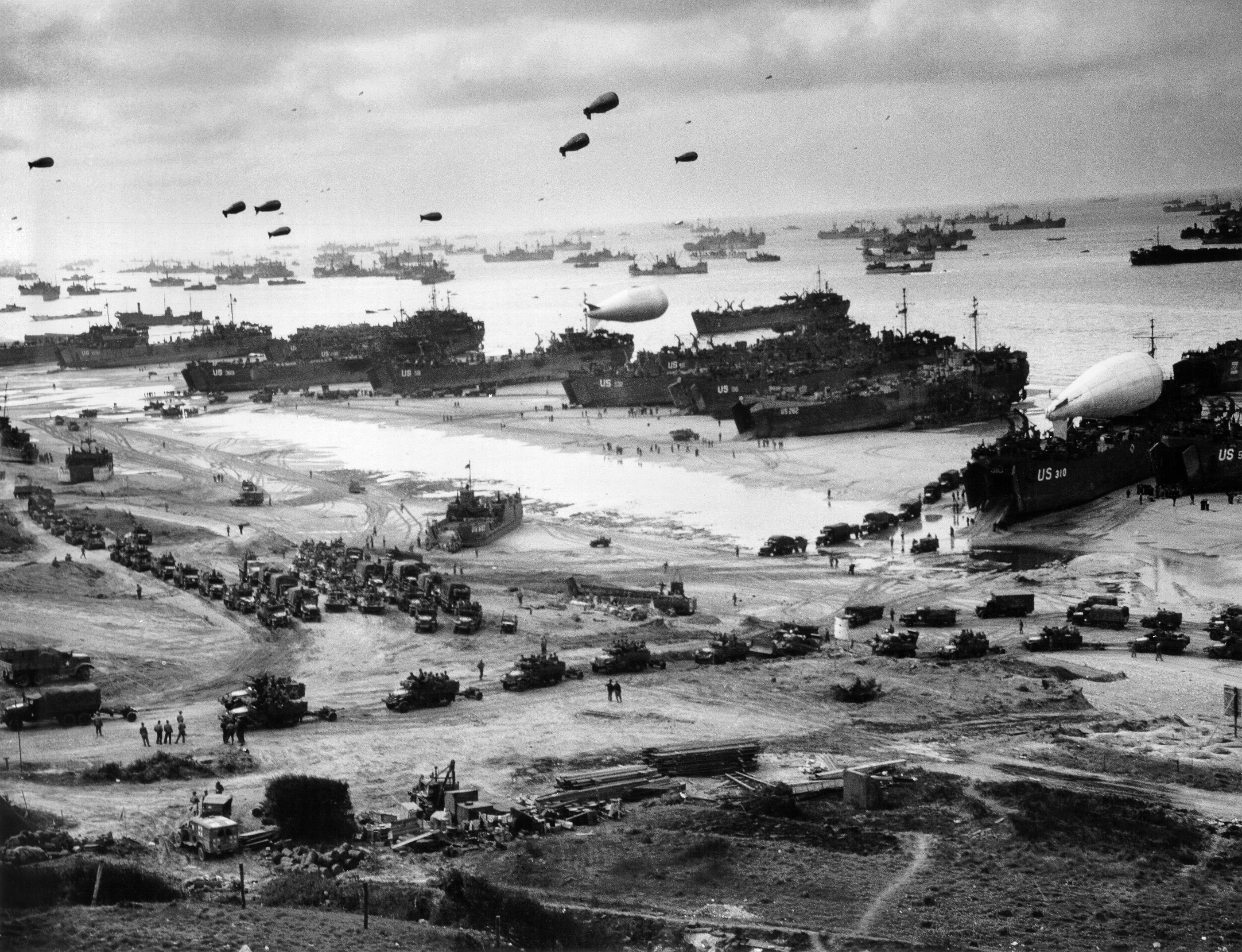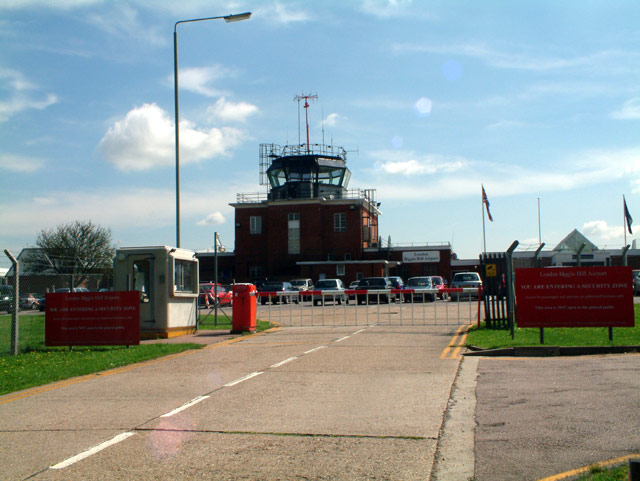|
RAF Pucklechurch
RAF Pucklechurch was a Royal Air Force site in Pucklechurch, Gloucestershire from 9 August 1939 until 31 December 1959. It became known as RAF Pucklechurch on 16 June 1952. It was transferred to HM Prison Service in September 1962 and became Pucklechurch Remand Centre. History During the war barrage balloons were an important defence to the industry and transport sites in the Bristol region. There were large hangars and fuel storage facilities. Pucklechurch was under the command of the RAF Filton station commander. From April 1957 to September 1959 it housed the Joint Services School for Applied Linguistics and the RAF Chinese Language School. Operational commands *Opened - 9 August 1939 (as No. 11 Balloon Centre) *RAF Balloon Command (9 August 1939 – 22 April 1945) *RAF Maintenance Command (22 April 1945 – 25 February 1947) * No. 62 Group RAF (25 February 1947 – 14 January 1957) * No. 61 Group RAF (14 January 1957 – 31 December 1959) *Closed - 31 December 1959 Curren ... [...More Info...] [...Related Items...] OR: [Wikipedia] [Google] [Baidu] |
Pucklechurch
Pucklechurch is a large village and civil parish in South Gloucestershire, England. It has a current population of about 3000. The village dates back over a thousand years and was once the site of a royal hunting lodge, as it adjoined a large forest. A Royal Air Force station called RAF Pucklechurch existed until 1959, when the site was transferred to HM Prison Service. Geography Bordering at its western boundary the Bristol Semi-Ring Road, the village forms a large eastern cluster of development on a raised area of land in the parish, the northern half of which has 14 listed buildings including the church. All of the main development of the village is on a knoll or escarpment which descends steeply in the west, and in a few places has long views of the Cotswolds east and land in between. It is located ENE of the city of Bristol and NW of the city of Bath. Through the far north of the parish which is farmland from the village centre the busy M4 motorway passes. History ... [...More Info...] [...Related Items...] OR: [Wikipedia] [Google] [Baidu] |
Gloucestershire
Gloucestershire ( abbreviated Glos) is a county in South West England. The county comprises part of the Cotswold Hills, part of the flat fertile valley of the River Severn and the entire Forest of Dean. The county town is the city of Gloucester and other principal towns and villages include Cheltenham, Cirencester, Kingswood, Bradley Stoke, Stroud, Thornbury, Yate, Tewkesbury, Bishop's Cleeve, Churchdown, Brockworth, Winchcombe, Dursley, Cam, Berkeley, Wotton-under-Edge, Tetbury, Moreton-in-Marsh, Fairford, Lechlade, Northleach, Stow-on-the-Wold, Chipping Campden, Bourton-on-the-Water, Stonehouse, Nailsworth, Minchinhampton, Painswick, Winterbourne, Frampton Cotterell, Coleford, Cinderford, Lydney and Rodborough and Cainscross that are within Stroud's urban area. Gloucestershire borders Herefordshire to the north-west, Worcestershire to the north, Warwickshire to the north-east, Oxfordshire to the east, Wiltshire to the south, Bristol and Somerset ... [...More Info...] [...Related Items...] OR: [Wikipedia] [Google] [Baidu] |
Air Ministry
The Air Ministry was a department of the Government of the United Kingdom with the responsibility of managing the affairs of the Royal Air Force, that existed from 1918 to 1964. It was under the political authority of the Secretary of State for Air. Organisations before the Air Ministry The Air Committee On 13 April 1912, less than two weeks after the creation of the Royal Flying Corps (which initially consisted of both a naval and a military wing), an Air Committee was established to act as an intermediary between the Admiralty and the War Office in matters relating to aviation. The new Air Committee was composed of representatives of the two war ministries, and although it could make recommendations, it lacked executive authority. The recommendations of the Air Committee had to be ratified by the Admiralty Board and the Imperial General Staff and, in consequence, the Committee was not particularly effective. The increasing separation of army and naval aviation from 191 ... [...More Info...] [...Related Items...] OR: [Wikipedia] [Google] [Baidu] |
Royal Air Force
The Royal Air Force (RAF) is the United Kingdom's air and space force. It was formed towards the end of the First World War on 1 April 1918, becoming the first independent air force in the world, by regrouping the Royal Flying Corps (RFC) and the Royal Naval Air Service (RNAS). Following the Allied victory over the Central Powers in 1918, the RAF emerged as the largest air force in the world at the time. Since its formation, the RAF has taken a significant role in British military history. In particular, it played a large part in the Second World War where it fought its most famous campaign, the Battle of Britain. The RAF's mission is to support the objectives of the British Ministry of Defence (MOD), which are to "provide the capabilities needed to ensure the security and defence of the United Kingdom and overseas territories, including against terrorism; to support the Government's foreign policy objectives particularly in promoting international peace and security". The R ... [...More Info...] [...Related Items...] OR: [Wikipedia] [Google] [Baidu] |
RAF Balloon Command
Balloon Command was the Royal Air Force command which was responsible for controlling all the United Kingdom-based barrage balloon units during the Second World War. History Prior to the establishment of Balloon Command, a balloon group was brought into being in 1937. This smaller formation was known as No. 30 (Balloon Barrage) Group and was commanded by Air Commodore John Hearson. Balloon Command itself was formed on 1 November 1938 at RAF Stanmore Park in Middlesex.Air of Authority - A History of RAF Organisation - RAF Home Commands formed between 1936 - 1938 It consisted of a and several |
RAF Maintenance Command
RAF Maintenance Command was the Royal Air Force command which was responsible for controlling maintenance for all the United Kingdom-based units from formation on 1 April 1938 until being renamed RAF Support Command on 31 August 1973. History Maintenance Command was formed in 1938. No. 40 Group RAF was formed within the command on 3 January 1939, and responsible for all equipment except bombs and explosives.Air of Authority No. 42 Group RAF was made responsible for fuel and ammunition storage. In 1940, technical control (but not administrative control) of No. 41 Group and No. 43 Group of Maintenance Command passed to the Ministry of Aircraft Production. One important change made within days of the Ministry's creation was it taking over the RAF aircraft storage Maintenance Units which were found to have accepted 1,000 aircraft from industry, but issued only 650 to squadrons. These management and organisational changes bore results almost immediately: in the first four mont ... [...More Info...] [...Related Items...] OR: [Wikipedia] [Google] [Baidu] |
HM Prison Service
His Majesty's Prison Service (HMPS) is a part of HM Prison and Probation Service (formerly the National Offender Management Service), which is the part of His Majesty's Government charged with managing most of the prisons within England and Wales (Scotland and Northern Ireland have their own prison services: the Scottish Prison Service and the Northern Ireland Prison Service, respectively). The Director General of HMPS, currently Phil Copple, is the administrator of the prison service. The Director General reports to the Secretary of State for Justice and also works closely with the Prisons Minister, a junior ministerial post within the Ministry of Justice. The statement of purpose for His Majesty's Prison Service states that " isMajesty's Prison Service serves the public by keeping in custody those committed by the courts. Our duty is to look after them with humanity and help them lead law abiding and useful lives in custody and after release". The Ministry of Justice's objecti ... [...More Info...] [...Related Items...] OR: [Wikipedia] [Google] [Baidu] |
HM Prison Ashfield
HM Prison Ashfield (formerly Pucklechurch Remand Centre) is an adult male sex offenders prison located in the village of Pucklechurch (near Bristol), in South Gloucestershire, England. The prison is operated by Serco. Ashfield Prison was built on the site of the ''Pucklechurch Remand Centre'', and opened in 1999. It was the first private prison in the United Kingdom to house young offenders. The prison was soon mired in controversy after repeated riots and reports of poor management. Conditions at the prison became so bad in 2003 that the Youth Justice Board withdrew prisoners from Ashfield, and threatened to recommend that the prison should be taken over by the public sector. Conditions improved however, and the prison (under new management) was given a good inspection report the following year. In May 2006, staff at Ashfield won a Health team award from the 'Public Servants of the Year Awards'. The award was in recognition of the staff's dedication to improving healthcare and ... [...More Info...] [...Related Items...] OR: [Wikipedia] [Google] [Baidu] |
Barrage Balloon
A barrage balloon is a large uncrewed tethered balloon used to defend ground targets against aircraft attack, by raising aloft steel cables which pose a severe collision risk to aircraft, making the attacker's approach more difficult. Early barrage balloons were often spherical. The design of the kite balloon, having a shape and cable bridling which stabilises the balloon and reduces drag, meant that it could be operated at higher wind speeds than a spherical balloon. Some examples carried small explosive charges that would be pulled up against the aircraft to ensure its destruction. Barrage balloons are not practical against very high-altitude flying aircraft, due to the weight of the long cable required. First World War France, Germany, Italy and the United Kingdom used barrage balloons in the First World War. While the French and German forces had developed kite balloons, early British barrages balloons were spherical. Sometimes, especially around London, several balloons wer ... [...More Info...] [...Related Items...] OR: [Wikipedia] [Google] [Baidu] |
RAF Filton
Royal Air Force Filton or more simply RAF Filton is a former Royal Flying Corps (RFC) and Royal Air Force (RAF) station located north of the city centre of Bristol, England. Throughout its existence, RAF Filton shared the airfield with the Bristol Aeroplane Company (later British Aircraft Corporation) whose works, now owned by BAE/Airbus, are situated on the south side of the main runway. History First World War The first squadron to form at the airfield during the First World War was No. 33 Squadron RFC which formed during January 1916 and was composed of elements of No. 20 Squadron RFC which flew the Royal Aircraft Factory B.E.2. The next squadron was 42 Squadron which moved to Filton during April 1916 from crews of 19 Squadron and again flew the B.E.2. Then No. 66 (Fighter) Squadron was formed in June 1916 with Sopwith Pup biplanes before the squadron moved on to France in March 1917. The squadron was joined by 62 Squadron in August 1916 when the squadron was formed ... [...More Info...] [...Related Items...] OR: [Wikipedia] [Google] [Baidu] |
List Of Former Royal Air Force Stations
This list of former RAF stations includes most of the stations, airfields and administrative headquarters previously used by the Royal Air Force. The stations are listed under any former county or country name which was appropriate for the duration of operation. It has been stated that RAF stations took their name from the civil parish in which the station headquarters was located, rather than the nearest railway station (e.g., Binbrook has never had a railway station), but there are many exceptions. __TOC__ British Isles Chain Home, Chain Home Low, Chain Home Extra Low, ROTOR and tropo-scatter stations Notes: Some of the Chain Home Low sites were co-located with the larger Chain Home radars. Chain Home Extra Low equipment was co-located with "Chain Home" and "Chain Home Low" as well as at separate sites, but were of a less permanent nature, usually with mobile equipment. ROTOR was the post war Radar interception system created from existing radar installations. NARS ... [...More Info...] [...Related Items...] OR: [Wikipedia] [Google] [Baidu] |



